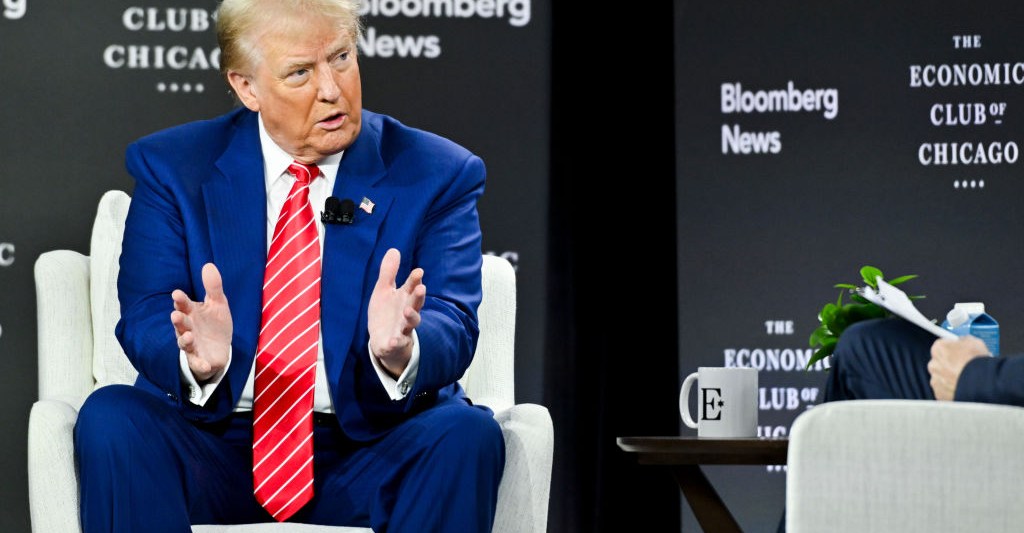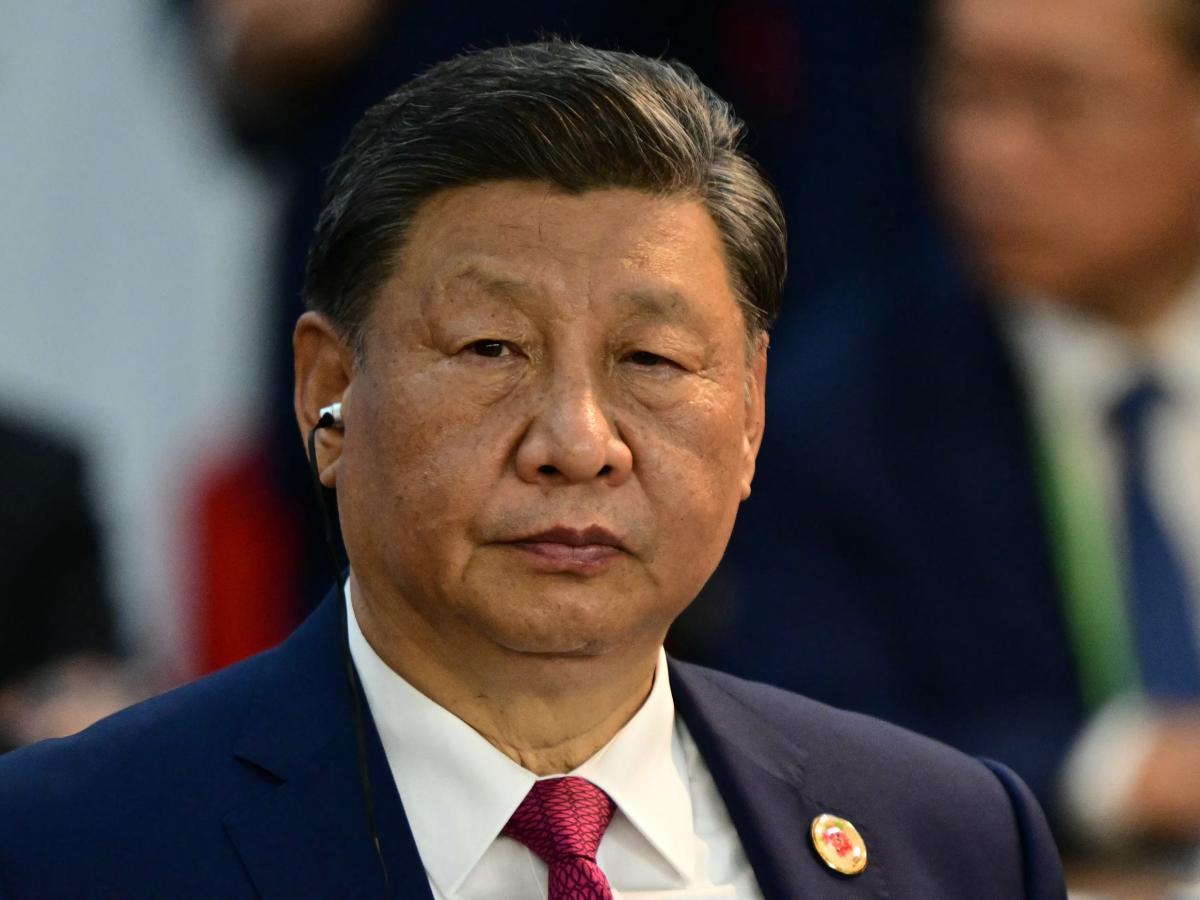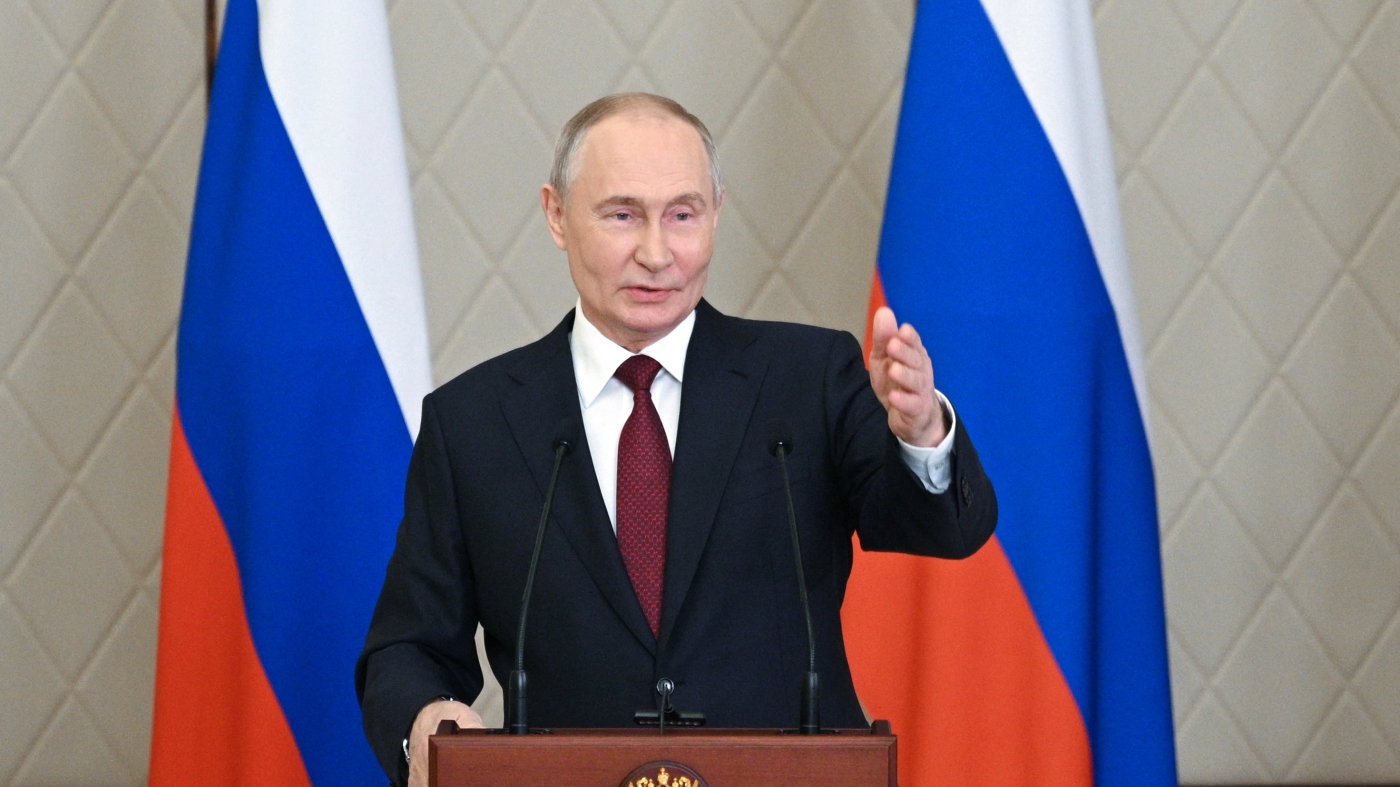Long before he officially pursued the presidency, Donald Trump railed against US trade deals. In interviews dating back to the 1980s, he told journalists that deals that benefited Asian and Middle Eastern trading partners consistently “ripped off” the US.
Over decades, that charge may have turned into a winning election strategy. As a first-term president and in his 2024 campaign, Trump argued that a lopsided global trading system is not only responsible for a deficit between the US and China, but also behind a decline in American manufacturing and jobs.
Now, Trump has made a second-term promise to raise tariffs — the taxes on imported goods that must be paid when they enter the US — even higher on China and other countries, while resurrecting those jobs.
This story was first featured in the Today, Explained newsletter
Understand the world with a daily explainer plus the most compelling stories of the day. Sign up here.
But footwear, apparel, and auto-part companies say they expect to pass the cost of such tariffs on to American consumers. Yale University’s Budget Lab projects that Trump’s proposed tariffs would cost the average American household up to $7,600 a year with initial price hikes as high as 5 percent. Those higher costs could potentially backfire on the president-elect’s campaign promise to make inflation “vanish completely.”
Trump’s trade strategy is one that Greg Ip, chief economics commentator at the Wall Street Journal, says is a major departure from almost 80 years of US policy. In a conversation with Noel King, co-host of the Today, Explained podcast, Ip described how it might play out and have massive implications for the global economy.
Below is an excerpt of their conversation, edited for length and clarity. There’s much more in the full podcast, so listen to Today, Explained wherever you get your podcasts, including Apple Podcasts, Spotify, and Pandora.
Trade is a reality of economic life these days. What is Trump’s theory on it and how does it differ from his predecessors?
In the United States, since the 1940s at least, there’s been a bipartisan consensus that more trade is good. And this came from a bipartisan view that this made our workers more productive, because they had bigger markets to sell into. It benefited our consumers because they got cheaper goods and a greater variety of goods. And it was also good for the US geopolitically because it helped us increase our economic bonds to countries that thought the same way we did, politically.
Trump comes along and he argues: This entire regime has been much more to the advantage of other countries than it has been to the United States. Countries like Japan and then Germany and now China have taken advantage of the United States’s fixation on free trade to increase their trade surplus with the US, sell us lots of manufactured goods, and not buy very much from the United States. So his entire mission, from his first term, and now into this one, is to reverse that relationship and, he hopes, force those countries to buy more from the US, and Americans to buy more from each other instead of from importers. That’s the theory, anyway.
Donald Trump had a chance to do all of this from 2016 to 2020 when he was in office. What did he do?
He did raise tariffs, for example, in a series of rounds of tariff increases. He imposed tariffs on a wide range of products from China. And this was pursuant to a long-running case that complained that China was just systematically unfair to the United States, stealing our technology and putting up barriers to US exports to China. Then he imposed a variety of more bespoke tariffs on particular products.
So at the end of that first term … had Donald Trump gotten what he wanted? Had his plan worked?
If the test of Donald Trump’s trade policy was a smaller trade deficit, then no, he didn’t really achieve what he wanted. The trade deficit when he left office was larger in dollar terms than when he entered office.
Did some manufacturing jobs come back? Possibly. But there also appear to have been some costs. There were industries that had to pay more for their inputs because of tariffs, and they lost sales and possibly jobs. And some of our trading partners retaliated.
Our trade deficit with China did begin to shrink. At the same time, though, you saw our trade deficit with Mexico and Vietnam grow. And what that told us is that some businesses responded to Trump’s tariffs not necessarily by bringing production back to the United States, but by moving it to another country — out of China, into Vietnam, into Mexico — that were not quite as affected by the tariffs.
What are Donald Trump’s plans for a second term?
He wants to, number one, come down even harder on China. Instead of just putting tariffs on about half of China’s imports, he’s talked about a tariff on all Chinese imports of as much as 60 percent. And instead of sparing traditional US allies, he wants to impose an across-the-board tariff on everybody, of say, 10 to 20 percent.
But there’s a very big caveat to this, which is that we don’t really know if Trump will end up doing exactly what he’s talked about.
We know that Trump likes tariffs, but we also know that Trump likes to make deals. So, as in his first term, we might see that the threat of tariffs is primarily a leverage instrument — you know, a negotiating chip — in which he goes to countries that he thinks treat the United States unfairly and says, “Here are some things we want you to do differently. And if you do as we ask, then we won’t hit you with the tariffs that I’ve talked about.”
How close can Donald Trump come to really and truly changing the way the world does trade?
It’s possible that Trump presses ahead with exactly what he said, raises tariffs on everybody, and then all those countries retaliate. They export less to us, we export less to them, trade shrinks, and everybody is worse off.
There’s another possibility here, which is that a lot of folks in the United States and in other countries say, “You know, he’s right. The trading system was fundamentally good, but it went off the rails at some point. We need to get together. We need to remake that thing.” So I think another possibility is that we end up a few years from now with a different trading system, and perhaps a more realistic view of how China, above all — but some other countries, [too] — have not been playing by the rules.
But I think, as we learned from his first term, one thing with Donald Trump — you can be sure of this — is that you should expect the unexpected.


